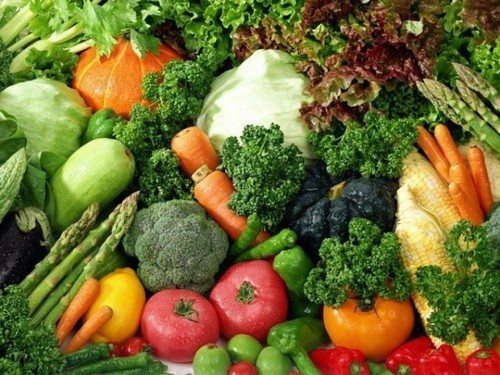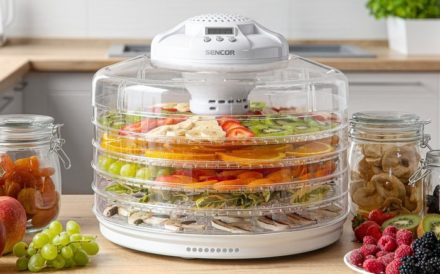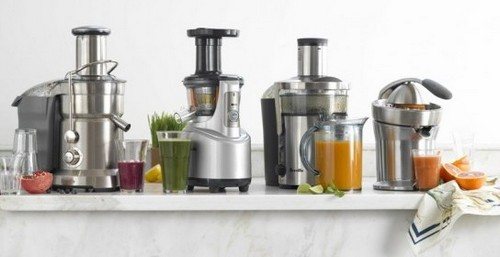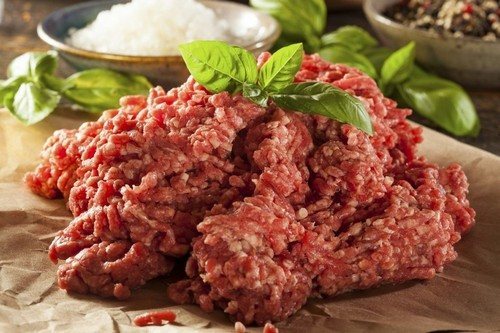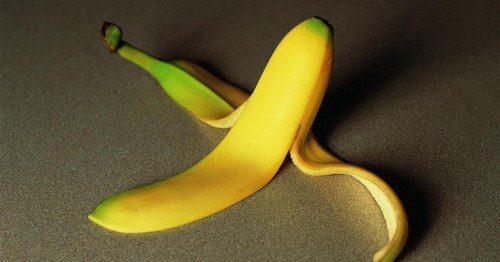Cooking food takes a certain amount of time. And he is always missing. Or you want to use it for something else, more interesting, important. Food is prepared with reserve - quickly warmed up, eaten and “accomplishing great things.” This is not only of little use, but sometimes even harmful.

Heat-treated plants are easier to digest. Combining them in prepared dishes creates new taste qualities that are not characteristic of each product separately. But not everyone can withstand repeated heating without losing its benefits.
Vegetables that are best not heated a second time:
Garlic
Garlic is used in the culinary traditions of many nations. It contains polysaccharides, proteins, and vitamins. 17 microelements were found; essential oils provide taste and smell. The compound allicin, which is formed when garlic cells are destroyed, is a real miracle. A strong antioxidant that binds unstable free radicals. This protective barrier against cell damage and change is its most valuable component. During heat treatment, the substance is destroyed. The dependence is direct. The longer you cook or fry, the less allicin remains.
When cooking with garlic, add it towards the end of cooking. This way, more useful components will be preserved in food, including essential phytoncides. When reheated, their content approaches zero. Hunger can be satisfied, but value is in question.
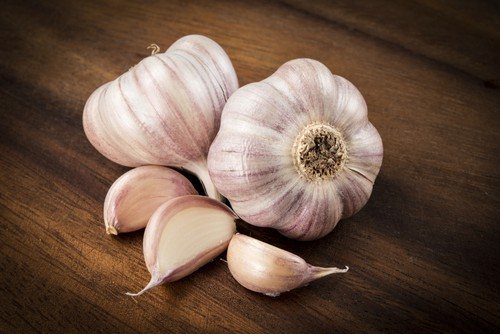
Broccoli
Broccoli contains a set of substances that are needed to strengthen blood vessels and remove cholesterol.Bile secretion is normalized and intestinal function is improved. The human body receives the daily requirement of vitamin C, vitamins A, K, B9. But on one condition: cook with minimal heat treatment. Just pour boiling water or steam over it and bake.
Prolonged boiling, frying and reheating lead to the appearance of substances with carcinogenic properties in the product.
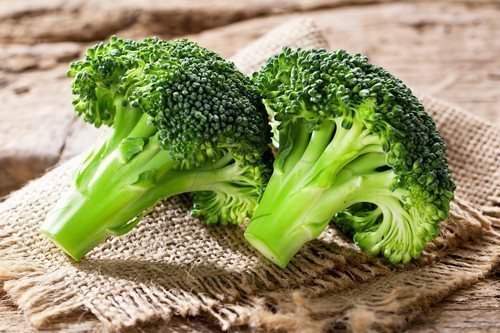
Potato
Potatoes are a hearty vegetable. It contains starch, fiber, and proteins. There are vitamins B6 and C, iron. Many dishes are prepared using it.
But the value decreases when it is cooked with more oil. Reheating makes food even dangerous. Fatty acids, when exposed to temperature, turn into dangerous carcinogenic compounds.
It’s worth seriously thinking about whether to heat such dishes again or whether it’s better to waste time but stay healthy.
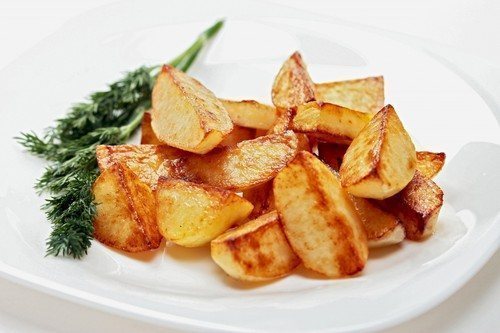
Celery
Celery is valued by everyone who strives to be “in shape.” It is included in the diet of people who lead a healthy, active lifestyle. This is justified. The plant activates metabolic processes, “burns” excess fat, and strengthens the immune system.
But you need to know that nitrogen fertilizers are used when growing it. Nitrates accumulate in it and, when consumed, turn into nitrites. Their danger is that the transfer of oxygen by hemoglobin is disrupted. This can cause serious problems in the body. Therefore, everything will depend on how it is used. Light heat treatment neutralizes up to 50% of nitrates. But the beneficial properties will also decrease. The following heat treatment will reduce the valuable part of the celery even more. This is already an unprofitable product with nitrate content.
If you are sure that the composition does not exceed the norm of nitrates, eat celery fresh or with minimal heat treatment.

Beetroot
Beetroot is the main component of beetroot soup, salads and even marmalade. It is recommended to cook these dishes in portions to eat at one time. Beetroot does not lose its beneficial properties when boiled, baked or fried.
But it, like celery, can accumulate nitrates. And the danger of these substances entering the human body increases with each reheating of beetroot dishes.
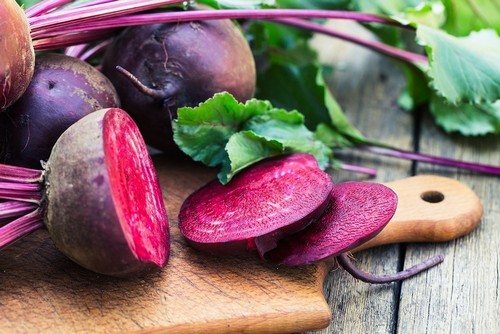
You need to choose products, cook and eat them correctly. No laziness. A good habit is to make as much as you can eat at one time, without reheating multiple times. This will maximally reveal the beauty of freshly prepared food, give energy, and maintain health.


